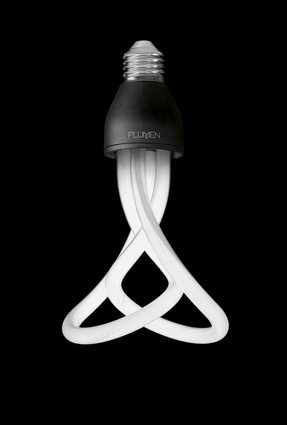Improving energy use in bathrooms
Graham McKerracher looks at ways of improving energy use in the bathroom and laundry.
With the world moving towards greener practices, more people are looking for ways to achieve comfortable, attractive and functional homes that have less impact on the environment. When it comes to the bathroom and laundry, that means good design to take advantage of the surrounding environment, high efficiency fixtures and appliances to streamline our energy and water use, and getting into good everyday habits.
If you’re starting from scratch, good design will make a real difference in every area of the home. The Energy Efficiency and Conservation Authority (EECA) recommends starting with designers, architects and builders that understand energy effi ciency design principles. There are a number of ways to save energy in bathrooms and laundries. Ensuring the bathroom or laundry is well insulated to retain warmth helps to signifi cantly reduce the rate of heat loss. Insulating your whole house is the single most effective thing you can do to make a warm, comfortable and healthy home.
Managing your heating, ventilation and any dampness are the most critical factors after insulation is installed.
Heating
There are lots of heating options for homes, but using the right kind of energy effi cient heater for your circumstances will mean you can keep your home warmhealthy and comfortable while keeping running costs low. Heating is important because warm air absorbs more moisture which can be removed from the home through ventilation.
Ventilation
Ventilation helps remove moisture and maintain air quality in a home. Be sure to install an externally vented extractor fan in your bathroom and exhaust laundry dryers to the outside. Extractor fans need to be sized and located properly for the size and type of room - ask your supplier for advice.
Dampness
Dampness in a building may occur through bad design, faulty construction or use of poor quality materials. Dampness affects the life of a building and creates unhygienic conditions. Make sure there is effective ventilation from wet areas like the bathroom or laundry.
Hot water system
Before investing in a new hot water system you need to work out how much water you use and when you use it during the day. This will affect the size and type of system you choose. You should also look into the ongoing running costs of each system before making up your mind. Aim to build all the areas that need hot water close together. This helps to reduce both the initial plumbing costs and the amount of hot water being wasted by cooling in long pipes.
Lighting design
Lighting makes up around 12% of the average New Zealand home’s electricity bill, so consider lighting design early on in your planning. If you’re building or renovating, good lighting design can give you stylish lighting that uses a lot less energy.
Heated towel rail timer
Without a timer, a heated towel rail costs around $175 a year to run. Using a heated towel rail timer still gives you a warm, dry towel but operating your towel rail for eight hours a day instead of 24 hours could save you up to $115 a year. You need an electrician to put the timer in, but it is an easy job to do.
Water saving
When it comes to choosing fixtures and appliances, water efficient taps, shower heads, washing machines and toilets can go a long way toward saving both water and energy. New technology means that despite reduced water use, the fixtures still provide ample pressure for showering, hand-washing and toilet flushing. You can compare the efficiency of new showerheads, taps, toilets and washing machines using the water efficiency label - the more stars, the more efficient.
Breaking bad habits
You don’t need to build a new house or renovate a bathroom to start saving energy. There are lots of simple things you can do to cut your consumption. For example, try to limit your showers to four minutes, fix all leaks, and always hit the half flush button on your toilet.
Use cold water to wash your laundry; it saves around $50 to $75 a year. Have a shower instead of a bath and only run the dishwasher when it’s fully loaded. All of these simple habits save both water and energy, without anyone swinging a hammer.
Find out more about energy savings at www.energywise.govt.nz










